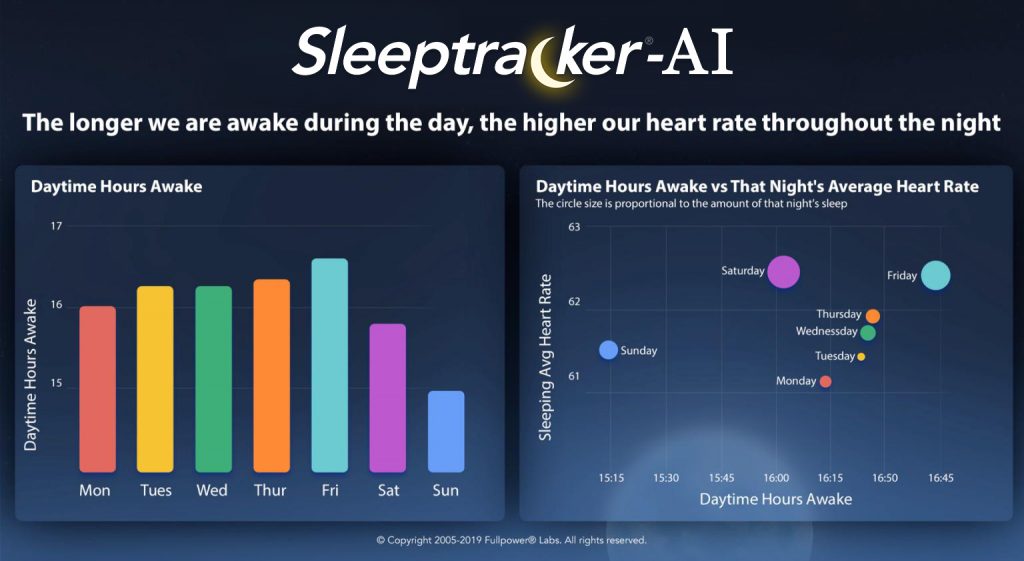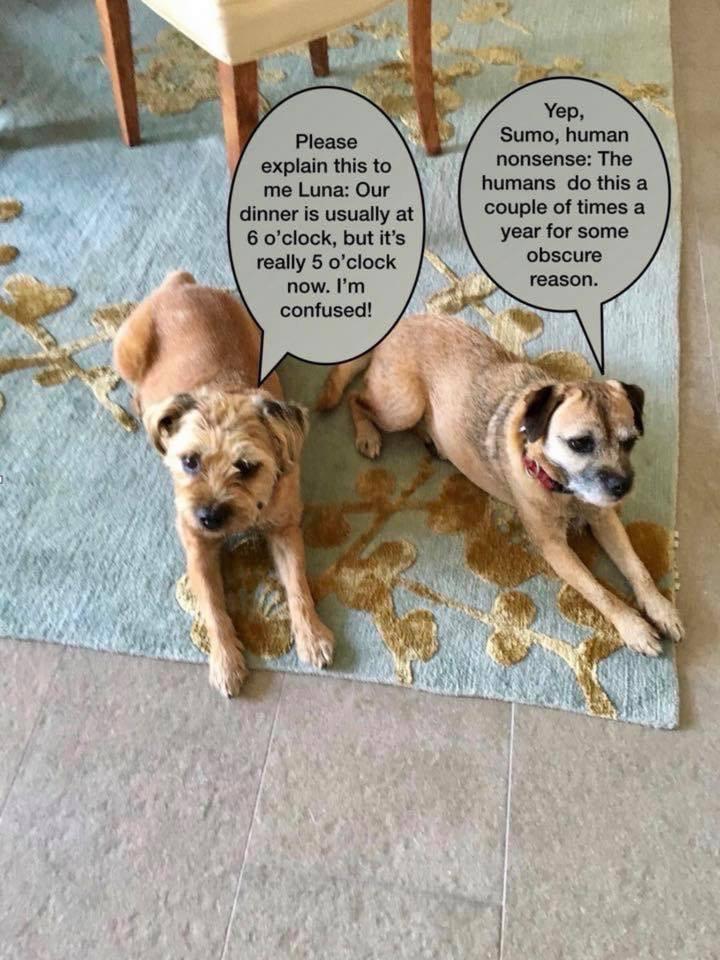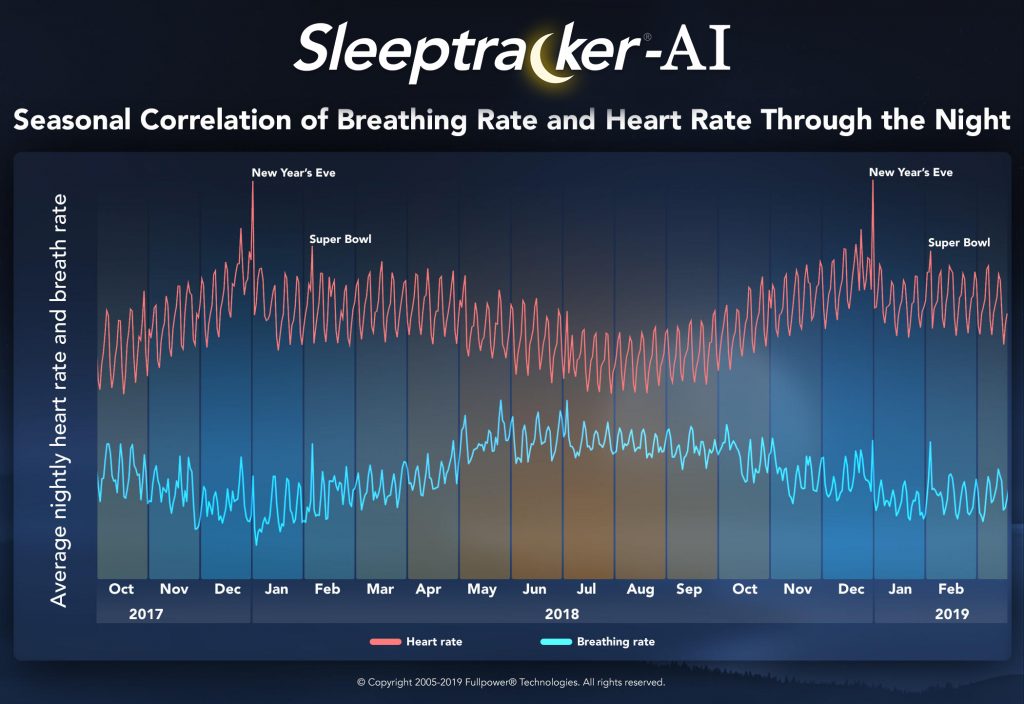LEXINGTON, KY, and SANTA CRUZ, CA, August 14, 2019 – Tempur Sealy International, Inc. (NYSE: TPX), the company synonymous with innovation in the mattress industry, and Fullpower Technologies, Inc., the sleep technology company, today announced a strategic partnership.
“When selecting a technology partner we evaluated all existing options and Fullpower has a clearly superior platform,” said Scott Thompson, Tempur Sealy President and CEO. “We also share a common vision to radically improve customers’ sleep experiences through continued innovation.”
“Tempur Sealy is the best bedding company on the planet,” said Philippe Kahn, Fullpower Technologies Chairman. “Together, we aim to improve lives through better, smarter sleep.”
Through this partnership, Tempur-Pedic recently unveiled the Tempur-Ergo® Smart Base Collection powered by Sleeptracker® AI. The Sleeptracker® AI Platform is designed and operated by Santa Cruz-based Fullpower. Combined with adaptable Tempur-Pedic mattresses, the Tempur-Ergo® Smart Base powered by Sleeptracker® AI creates a completely integrated system with personalized sleep analytics and coaching, plus a uniquely-responsive foundation that can now automatically respond to snoring and may help people sleep more comfortably.*
About Tempur Sealy International, Inc.
Tempur Sealy International, Inc. (NYSE: TPX) develops, manufactures, and markets mattresses, foundations, pillows and other products. The Company’s products are sold worldwide through third party retailers, its own stores, and online. The Company’s brand portfolio includes many highly recognized brands in the industry, including Tempur®, Tempur-Pedic®, Sealy® featuring Posturepedic® Technology, and Stearns & Foster®. World headquarters for Tempur Sealy International is in Lexington, KY. For more information, visit http://www.tempursealy.com or call 800-805-3635.
About Fullpower Technologies Inc.
Fullpower Technologies designs, develops and operates a complete platform for hybrid Edge/Cloud AI, algorithms, big data, predictive analytics, together with end-to-end engineering services. The Company’s platform is backed by a patent portfolio of 125+ patents. The Company’s key areas of expertise are non-invasive PSG-level sleep technology as well as general activity quantification. The Company’s markets are in Medical, SmartHome and Wearable Solutions. For more information, visit http://www.fullpower.com.
*May reduce snoring in otherwise healthy individuals who snore due to body positioning.
Tempur-Pedic and Tempur-Ergo are registered trademarks of Tempur Sealy International, Inc.
Fullpower and Sleeptracker are trademarks of Fullpower Technologies, Inc., registered in the U.S. and other countries.
Tempur Sealy International, Inc.
Erin Maratea
Public Relations
859-455-2988
publicrelations@tempursealy.com
Aubrey Moore
Investor Relations
Tempur Sealy International, Inc.
800-805-3635
Investor.relations@tempursealy.com
Fullpower Technologies, Inc.
Tom Lewin
Public Relations
media@fullpower.com







